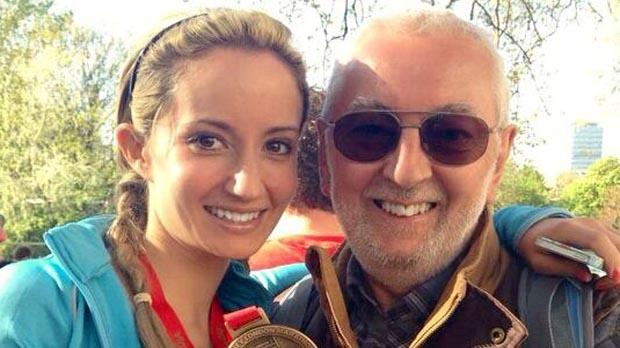
“I think it’s really important that people keep signing up to these type of trials to push research forward.”
This was a study to learn more about the drug 13-cis-retinoic acid which doctors use to treat children and young people with high risk neuroblastoma.
Doctors sometimes treat neuroblastoma with 13-cis-retinoic acid (also called Isotretinoin, or 13-cis-RA). But we know from earlier studies that when everyone has the same dose, some people will have a different level of drug in their blood compared to others.
In this study, the researchers took blood samples from children and young people who were having 13-cis-RA as part of their treatment for neuroblastoma. They measured the levels of the drug in the blood after treatment. This is called a  study.
study.
For some patients, if the level of 13-cis-RA in the blood was low, the doctors could change the dose on an individual basis.
The aims of the study were to
The study team found a wide variation in blood levels of 13-cis-RA after taking the standard dose. They also found that the way children took 13-cis-RA affected the level in the blood. These are results from 2 studies known as PK 2003 07 and PK 2008 03.
In total, the researchers studied 103 children and young people up to the age of 21 who had 13-cis-RA as part of their treatment for high risk neuroblastoma.
Everybody taking part had 13-cis-RA each day for 2 weeks followed by 2 weeks without treatment. Each 4 week period is called a cycle of treatment. They had up to 6 cycles of treatment.
If children were not able to swallow the capsules whole, they could cut the capsule and mix the contents with food, or have them though a feeding tube called a nasogastric tube.
The study team took blood samples 1, 2, 4 and 6 hours after the first dose and again after 2 weeks of treatment. Results obtained from analysis of these samples showed a wide variation in the blood levels of 13-cis-RA amongst the children and young people taking part in these studies.
For 71 patients, the study team looked to change their dose based on the level of the drug in their blood after treatment. They found that 24 of the children had a low blood level of 13-cis-RA after the first 2 weeks of treatment. For 20 of them, the study team increased their dose in the next treatment cycle.
Most of the children who had dose increases did not have any more side effects than those who carried on with the same dose.
The study team found that children who swallowed the capsules whole were able to reach the target blood level, but some of the children who had 13-cis-RA mixed with food or through a nasogastric tube were not.
Children who weighed less than 12kg had a lower dose of 13-cis-RA. Of the 11 children who had a lower dose due to their weight, 8 did not have the target blood level after 2 weeks of treatment. If the study team increased their dose, they did reach the target level in the 2nd or 3rd treatment cycle.
The researchers concluded that it is possible to adjust the dose of the drug based on the blood level at the end of the 1st treatment cycle. They suggest that children weighing less than 12kg should have the same dose of 13-cis-RA as bigger children. They also recommend an increased dose for children who cannot swallow the capsules whole.
We have based this summary on information from the team who ran the trial. The information they sent us has been reviewed by independent specialists ( ) and published in a medical journal called Clinical Cancer Research. The figures we quote above were provided by the trial team. We have not analysed the data ourselves.
) and published in a medical journal called Clinical Cancer Research. The figures we quote above were provided by the trial team. We have not analysed the data ourselves.
Please note: In order to join a trial you will need to discuss it with your doctor, unless otherwise specified.
Dr Gareth Veal
Cancer Research UK
Children's Cancer and Leukaemia Group (CCLG)
Experimental Cancer Medicine Centre (ECMC)
National Institute for Health Research Cancer Research Network (NCRN)
Newcastle upon Tyne Hospitals NHS Foundation Trust
Northern Institute for Cancer Research
If you have questions about the trial please contact our cancer information nurses
Freephone 0808 800 4040

“I think it’s really important that people keep signing up to these type of trials to push research forward.”